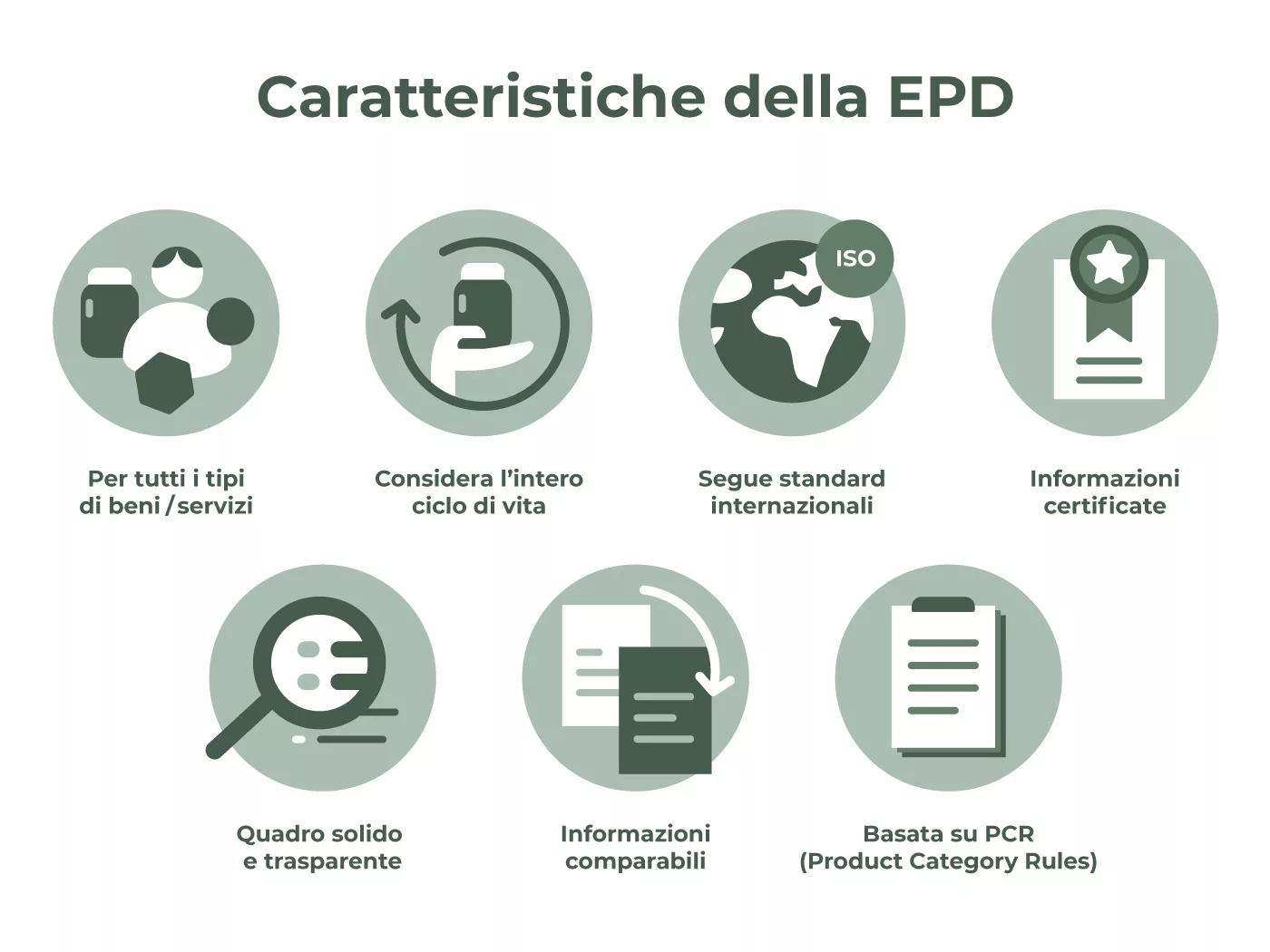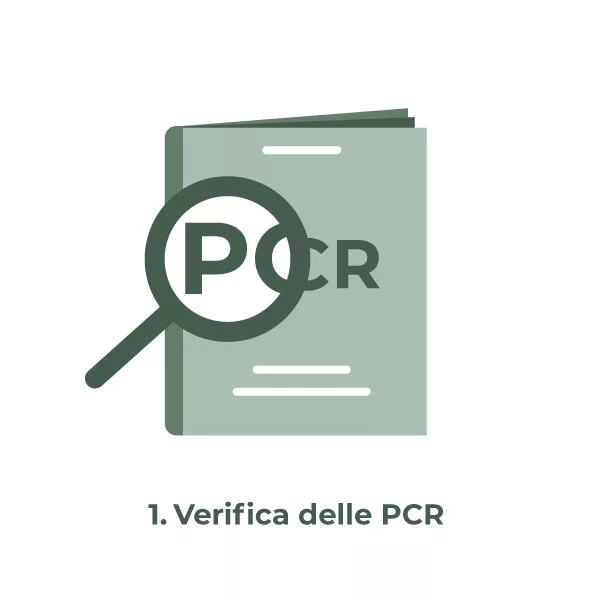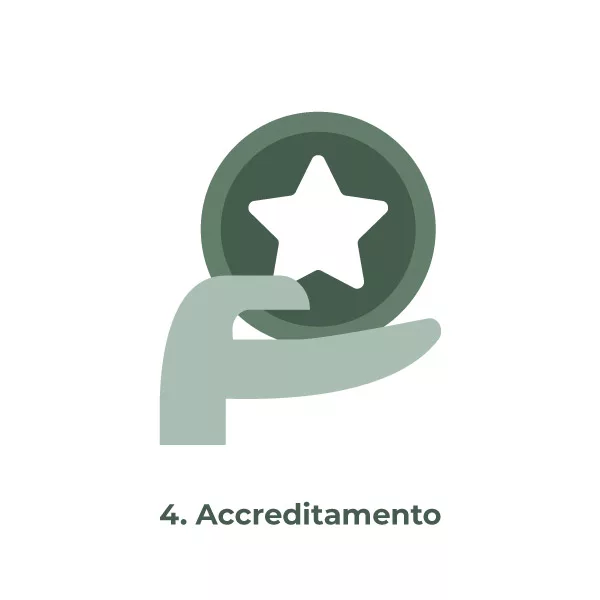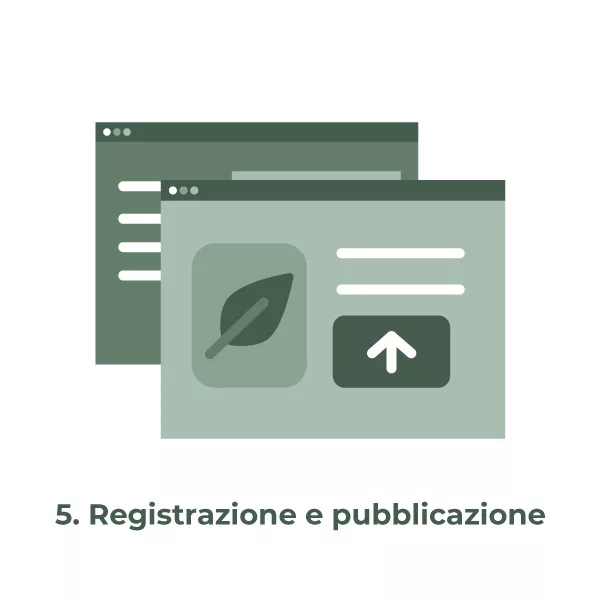In an era where finding transparent and truthful information about corporate emissions is increasingly complex, the EPDs, or Environmental Product Declarations, are a lifeline. These are documents that report a manufacturer’s commitment to measuring the environmental impact of their products and services in a clear and concise manner. The environmental performance of the product is described starting from the life cycle assessment, measuring the impacts of production, consumption, and disposal.
Let’s take a closer look at what an EPD is, how it is structured, and above all why it is essential for all companies that have or want to embark on a certified and transparent sustainability path.
1. What is an EPD?
The Environmental Product Declaration EPD, from the English term Environmental Product Declaration, is an environmental certification that describes in a document the impacts related to the production of a product or service. The EPD is therefore closely linked to the LCA, that is, the life cycle assessment. It involves a forecast of energy consumption, the impact of raw materials, and emissions into the atmosphere throughout the product’s life cycle. The data provided by this document are therefore comparable, objective, and above all verified.
The EPD International System is the reference program for environmental declarations, regulated by ISO 14025 (Type III environmental labels and declarations), ISO 14040, and ISO14044 (LCA), and EN 15804 (European standard for LCA).
1.1 What are the characteristics of the Environmental Product Declaration?
If we want to summarize the characteristics of EPDs, we can say that:
- they are based on international standards, like ISO 14025;
- the assessments consider the entire life cycle of goods and services, unlike most ecological labels and self-declared claims;
- the Environmental Product Declaration can be used for all types of goods and services;
- they contain verified environmental information, which gives credibility to the claims in the document;
- they are based on a solid and transparent framework because the program instructions and registered documents are all public;
- they provide comparable information within the same product group;
- they are based on Product Category Rules (PCR) which outline the steps of life cycle assessment on which the certification must be based.

2. How to create an EPD?
As already mentioned, the Environmental Product Declaration is based on LCA, or Life Cycle Assessment, which provides an overview of consumption from production to end of life throughout the product life cycle.
To obtain the EPD certification, a specific process must be followed. Below are the 5 development phases to understand the preparation process.
2.1 Verify the availability of the PCR (Product Category Rules)
First, it is necessary to verify the availability of the PCR (Product Category Rules), that is, the reference rules for conducting the life cycle analysis for their product category. Before developing an EPD, it is necessary to choose an appropriate PCR.
The PCR used must be listed in the International EPD System and be valid at the time of verification. If there is no PCR for the product category of interest, it will be developed involving major stakeholders through the mediation of the Program Operator.
The process to follow for PCR approval consists of:
- making an official request to the Program Operator Epditaly
- identifying your product category
- involving stakeholders
- drafting the PCR
- publishing and making the consultation public
- reviewing and finally publishing.
2.2 Conduct the LCA (Life Cycle Assessment) of your product
To proceed with drafting the Environmental Product Declaration, the LCA report is necessary. As mentioned, this is a document that forms the basis not only for the EPD but also for a wide range of actions aimed at the sustainability of products and supply chains. The LCA study can be conducted by the organization itself or with the help of an expert consultant in LCA and environmental declarations.
The LCA study involves several phases:
- goal and scope definition, where the functional unit (the reference unit for each data collected and processed) and the system boundaries (phases and processes to be included in the analysis) are identified;
- inventory analysis, to measure the inflows and outflows across the system boundaries and collect the data;
- impact assessment, where the identified flows are associated with their respective environmental impacts;
- interpretation, where the results are evaluated to identify and elaborate on the most significant ones based on the main purpose.
The LCA study must comply with:
- internationally accepted principles, framework, methodology, and practices for LCA as defined by ISO 14040 and ISO 14044,
- the general purpose of EPD, in terms of data collection objectives, methods, and assumptions used;
- the applicable Product Category Rules (PCR) for the product category.
Do you want an overview of LCA to know what it is? Read the most frequently asked questions.
2.3 Proceed with drafting
The LCA study results and other information required by the reference PCR and the program must be compiled in the EPD reporting format.
The International EPD System includes requirements for the reporting format in terms of contents, while a certain flexibility in formatting and layout is allowed, provided the document still includes the prescribed information.
As a general rule, the content:
- must comply with the ISO 14020 standard requirements and guidelines;
- must be verifiable and accurate;
- must not include evaluations, judgments, or direct comparisons with other products;
2.4 Accreditation
The drafted documents are sent to an approved third party or accredited certification body to act as a control body. It is an independent entity responsible for any validation and issuing of the product certification. The third party can then proceed with the request for registration and publication of the EPD with the Program Operator, thereby obtaining the right to use the logo.
2.4.1 Verification and certification: who are the independent third parties?
Verification by an independent third party is a fundamental requirement for the validation of the EPD.
There are two types of verifiers for this process:
- accredited certification bodies
- approved individual verifiers.
In Italy, Accredia is currently the only national accreditation body designated by the Italian government to certify the competence and impartiality of certification and verification bodies, also for the Environmental Product Declaration.
2.5 Registration and publication
After completing the verification, the organization that develops the EPD must register it in the designated portal along with other required documentation.





3. What are the environmental indicators used in the EPDs?
As previously mentioned, EPDs provide data on environmental performance related to the production of a product or service.
To verify the impact, a series of indicators is used, including:
- GWP (Global Warming Potential): this is the global warming potential and expresses the company’s contribution to the greenhouse effect through greenhouse gas emissions from its activities. Carbon dioxide (CO2) has been chosen as the reference gas with a GWP of 1. Other greenhouse gases are evaluated in terms of their global warming potential compared to CO2;
- greenhouse gas emissions: these are gases released into the atmosphere throughout the life cycle of a product that generate the greenhouse effect;
- water consumption: this is an indicator of industrial water consumption. Many sectors require large amounts of water to operate their production cycle;
- particulate matter and fine dust emissions: the amount of fine dust released into the air through industrial production, contributing to air pollution;
- waste generation: this refers to the amount and variety of waste produced during production and in various use contexts of the product/service.
4. What are the benefits of the EPD for companies?
The Environmental Product Declaration brings several benefits for companies, which is why many businesses are trying to certify their products and services. Among the benefits are:
Optimization of production processes and cost reduction
The EPD certification can lead to identifying areas where efficiency can be improved and production costs reduced. Companies with EPD certified products can use the certification as a competitive advantage by demonstrating a commitment to sustainability and environmental protection. Additionally, the EPD is globally recognized, thereby facilitating access to international markets.
More transparent communication of environmental performance
EPDs help companies monitor and document progress towards specific sustainability goals and identify areas that need improvement. In this way, it’s possible to communicate environmental performance along the entire production chain clearly, transparently, and objectively.
Enhancement of the corporate brand
The certification can help improve the corporate image and strengthen the reputation as a sustainable and socially responsible company. Furthermore, the development of this document requires the involvement of external stakeholders. This can promote greater transparency and dialogue with various players in the value chain.
Contribution to sustainability protocols
Among the benefits of the EPD, one should also consider the possibility of obtaining credits for sustainability protocols, such as LEED V4, Leadership in Energy and Environmental Design.
Support for sustainable purchasing
EPD certifications support consumers in transitioning to green purchases, guiding the public toward more sustainable choices.
If a product is EPD certified, a consumer has free access to the environmental performance of products, making more informed choices thanks to clear and objective information on the environmental performance of a product.
5. Practical applications of the EPD: which business sectors can get the certification?
This type of certification is suitable for all business contexts. EPDs are very common in sectors such as:
- Construction and building
- Food and agriculture
- Electronics and technology
- Automotive
- Textile and clothing
- Energy and utilities
- Chemicals and pharmaceuticals
- Furniture and interior design
- Packaging
- Cosmetics
- Restaurants and hotels.
In summary, the certification is valid for any sector offering products and services to calculate emissions during the entire life cycle.
6. Conclusions: the importance of the EPD certification
The EPD process is undoubtedly long, but in summary, we can say that:
- it is a certification regulated by international standards;
- the Environmental Product Declaration can be used for all types of goods and services;
- the document is developed following a five-step process;
- it considers specific environmental indicators;
- the registration requires turning to approved bodies and verifiers.
This certification is a great advantage both in B2B and B2C, allowing for reliable and verifiable information throughout the production chain to be communicated to stakeholders. All that’s needed to obtain certification is support from an expert and the desire to embark on a sustainable journey, helping you gain both reputational and competitive advantages.
Contact HENRY & CO. for your EPD certification
The Environmental Product Declaration is a certified communication tool between manufacturers, stakeholders, and consumers. HENRY & CO. offers support for drafting the documentation, starting from the LCA study, and follows the entire certification process.
Find out more about our consulting services with a free introductory call: we will show you several certification examples and discuss your specific case:
